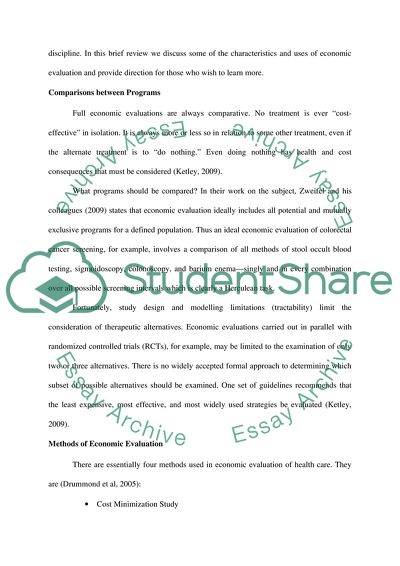Cite this document
(Essentials of Economic Evaluation in Health Care Term Paper, n.d.)
Essentials of Economic Evaluation in Health Care Term Paper. Retrieved from https://studentshare.org/health-sciences-medicine/1565051-economic-evaluation-as-a-perspective-in-evaluating-health-program
Essentials of Economic Evaluation in Health Care Term Paper. Retrieved from https://studentshare.org/health-sciences-medicine/1565051-economic-evaluation-as-a-perspective-in-evaluating-health-program
(Essentials of Economic Evaluation in Health Care Term Paper)
Essentials of Economic Evaluation in Health Care Term Paper. https://studentshare.org/health-sciences-medicine/1565051-economic-evaluation-as-a-perspective-in-evaluating-health-program.
Essentials of Economic Evaluation in Health Care Term Paper. https://studentshare.org/health-sciences-medicine/1565051-economic-evaluation-as-a-perspective-in-evaluating-health-program.
“Essentials of Economic Evaluation in Health Care Term Paper”, n.d. https://studentshare.org/health-sciences-medicine/1565051-economic-evaluation-as-a-perspective-in-evaluating-health-program.


